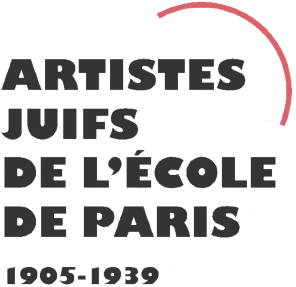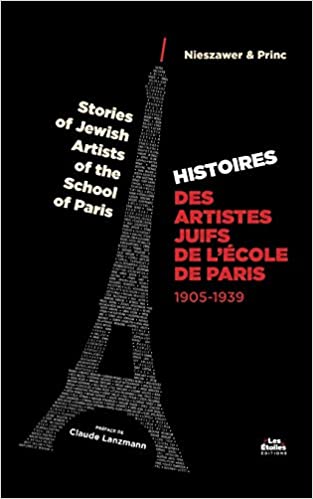Sam RINGER
January 3, 2019Abraham ROSENBAUM
January 3, 2019Félix ROITMAN (born Ephim Roitman)
CHISINAU (BESSARABIA) 1902 – DEPORTED 1942
Félix Roitman spent his childhood in Chisinau until 1922. After graduating high school, he enrolled in the School of Fine Arts in Berlin. In 1925, he arrived in Paris and took Paul Colin’s classes at the Académie des Arts Décoratifs. In 1926, he started to work, using materials such as glass, galalith plastic, zinc, and wood. He produced plates, vases, lamps, and mirrors on which he painted. The success he enjoyed with Parisian antique dealers enabled him to support himself financially. In 1937, he was awarded a medal of honor at the Interna tional Exhibition for his “Eretz Israel” (Land of Israel) pavilion. He was very involved in Jewish social life and supported Bessarabian Jewish workers and culture in Paris.
When World War II broke out, he volunteered in the army. He was demobilized and joined a Resistance network. He was arrested and imprisoned at La Santé prison for four months and was then transferred to the Tourelles prison before being interned in Drancy. On September 14, 1942, he was deported on convoy number 32. He was murdered by the Nazis.
Stories of Jewish Artists of the School of Paris 1905-1939
FRENCH-ENGLISH
Capitale des arts, le Paris des années 1905-1939 attire les artistes du monde entier. De cette période de foisonnement, un terme est resté, celui d'Ecole de Paris, qui recouvre une grande diversité d'expression artistique. Dans ce brassage dont Montparnasse est le creuset, un groupe se distingue : celui des artistes juifs venus de Russie, de Pologne et d'Europe centrale. Si leurs styles sont variés, un destin commun les rassemble : ils fuient l'antisémitisme de leur pays d'origine. Certains ont connu la célébrité dès les années 1920, tels Soutine, Lipchitz ou Chagall. D'autres n'ont pas eu le temps ou la chance d'y accéder. Près de la moitié a péri dans les camps de concentration nazis.
From 1905 to 1939, Paris attracted artists from all over the globe as the capital of the art world. This period of artistic proliferation became known as the School of Paris, and includes a great diversity of artistic expression. Within the teeming art world centred on Montparnasse, one group set itself apart: Jewish artists from Russia, Poland, and Central Europe. Although their styles were diverse, they shared the common fate of fleeing anti-Semitic persecutions in their home countries. Some became famous in the 1920s, such as Soutine, Lipchitz, and Chagall, while others did not have the time or the luck to gain renown. Nearly half of these artists died in Nazi concentration camps.





